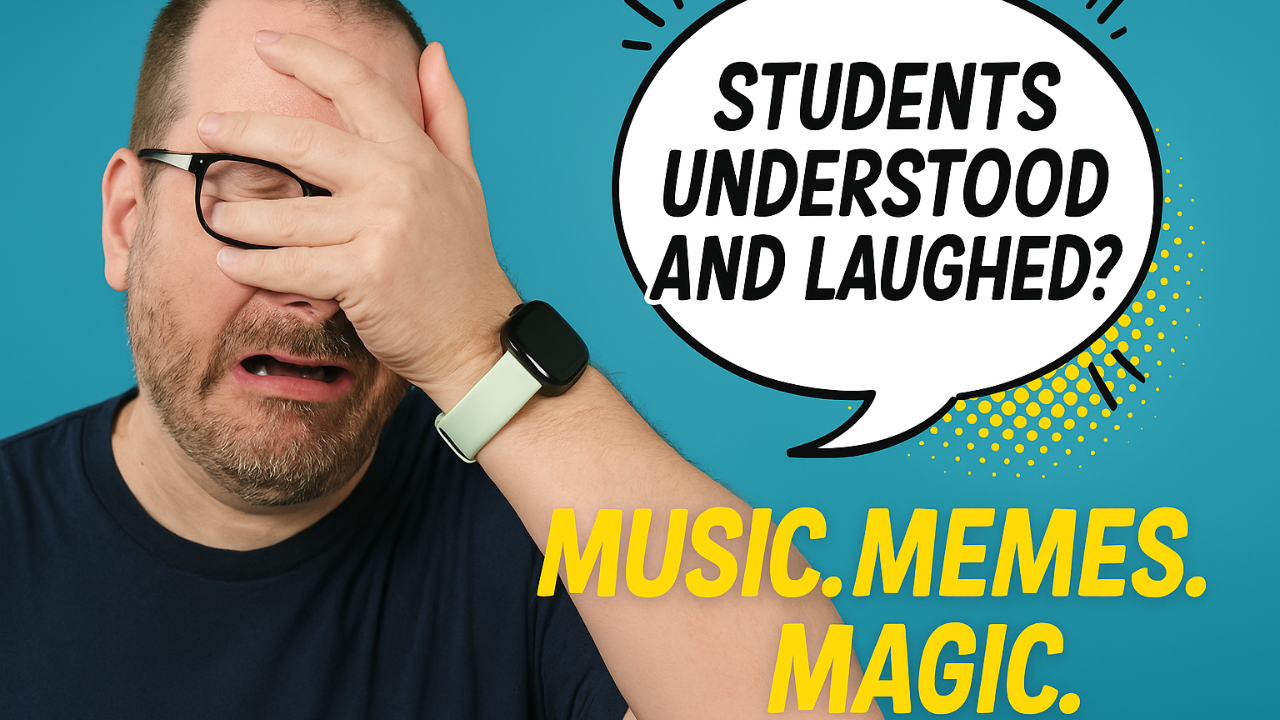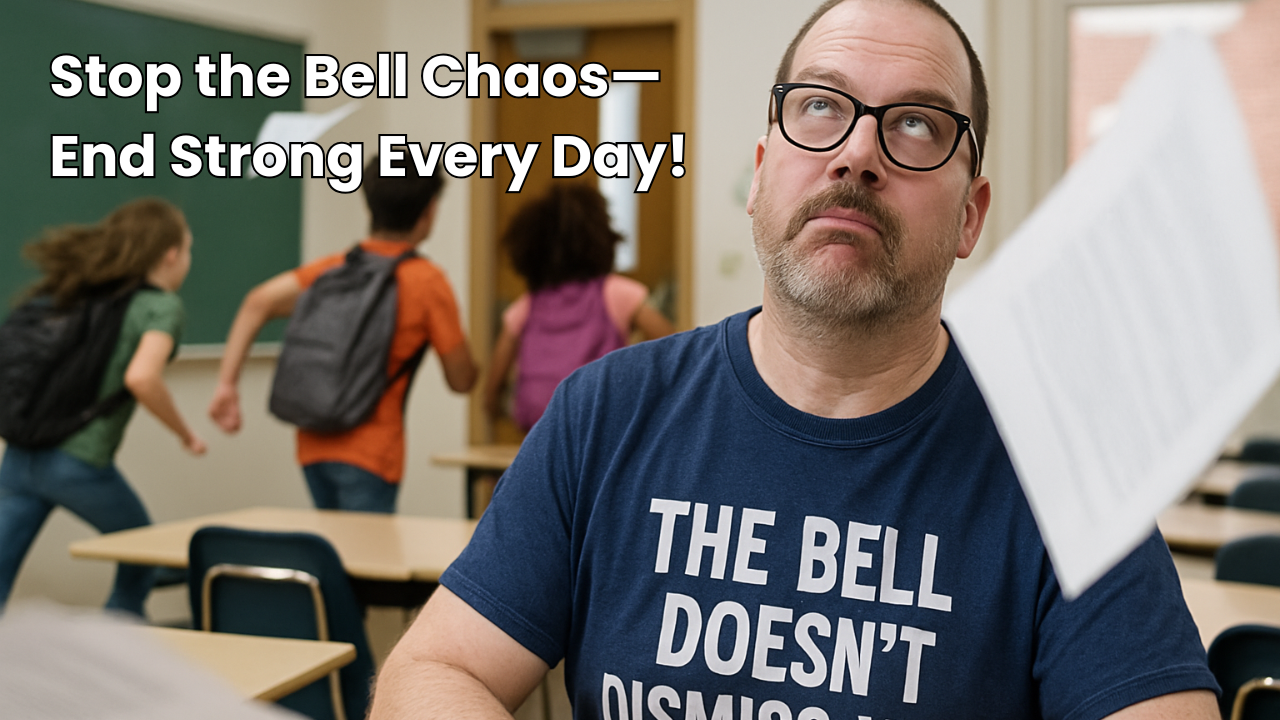
An activity-based approach that makes vocab stick without drills.
Introduction: Death to the Vocab List (May It Rest in Pieces)
Okay, folks. Gather ‘round. Let’s say a few final words for the dearly departed… vocab list. You had a good run. You sat at the top of every unit. You were photocopied onto brightly colored paper and distributed with the same ceremonial gravitas as the Declaration of Independence.
But... you didn’t work. Not really.
Sure, some kids memorized you the night before the quiz. But two weeks later? Gone. Erased. Like a dry erase board at the end of the day. You didn’t build language—just short-term storage and long-term frustration.
It’s time for something better. Something natural. Something fun. Something where students actually use words instead of just staring at them like confused squirrels.
So let’s break down exactly how to teach 10 new vocabulary words in one class period… without resorting to lists, drills, or chants that make everyone question their life choices.
Step One: Set the Scene with Comprehensible Chaos
Before we start, let’s get one thing clear: your classroom is now a stage. You are the lead actor, supporting cast, and semi-confused director of this drama. And those 10 words? They’re your script.
But here’s the twist—you don’t tell students what the words mean. You show them.
Let’s say one of your words is “baila” (dances). You don’t say, “This means dances.” No no no. You throw on some music. You point to yourself. You start awkwardly dancing like a caffeinated raccoon and say, “¡Profe baila!” Maybe you fall over dramatically. You make it unforgettable.
You bring the word to life.
Then, you rinse and repeat with the rest. Use props, stories, acting, whatever it takes to give those words a personality.
Want to teach come (eats), corre (runs), mira (looks)? Tell a ridiculous story: “El gato mira la pizza. Corre a la pizza. ¡Y come toda la pizza!” Add sound effects. Use drawings. Do it all in context. Boom—comprehensible input achieved.
Step Two: Let Students Shape the Madness
Here’s where it gets even better. Now that the words are out in the world, your students get to play with them.
Invite them into the storytelling process. Ask them what happens next. Who’s in the story? What do they want? What went horribly, hilariously wrong?
You might end up with a zombie hamster who corre after a screaming taco. (Yes, that’s two vocab words used authentically in one sentence. You’re welcome.)
Every time a new vocab word pops up again, you reinforce it. You circle it. You ask questions. You draw it out.
This kind of co-creation makes students invested. They don’t just remember the words—they remember how those words made them laugh, think, and cringe when Profe pretended to vomit salsa.
Step Three: Get Students Moving (And Laughing)
Now that your students have internalized the vocabulary through story, it’s time to check comprehension—CI-style.
You can keep it simple and hilarious.
Have them act out scenes using the words. Do “Human Bingo” where they ask each other silly questions like “Do you eat rocks?” or “Do you run from squirrels?” Use vocab in a quick physical game where students jump, duck, or scream when they hear specific words.
Want something more chill? Play “Draw It”—describe something with the new words and let them doodle it on whiteboards. ("Un unicornio come una hamburguesa triste.") Gold.
These activities let you reinforce understanding without reverting to a traditional quiz. You’re sneaking the assessment in like broccoli inside mac ‘n cheese.
Step Four: Personalize or Perish
Here’s where vocab goes from “memorized” to “mine.”
Ask students personal questions using the new words. If “corre” is one of your words, ask “¿Tú corres?” and follow up. Get dramatic reactions. Point to students and whisper to the class like it’s a scandal: “¡Sofía no corre nunca!” Cue gasps.
Then, let students personalize with writing or drawing. “Draw yourself doing one of the vocab words.” “Write a sentence about your worst breakfast ever using at least 3 new words.”
The goal? Make the vocab so wrapped up in their stories that they can’t forget it if they tried.
Step Five: Build a Sitcom Universe (a.k.a. Review on Repeat)
You thought you were done? Oh no. This is just Season 1, Episode 1 of your vocab sitcom.
Next class, start with a dramatic recap. “Last time… Paco ran from a llama and ate 6 burritos.” Use the same words again. Keep building the inside jokes. Make it feel like the next installment of a saga.
You can revisit the words with new formats—songs, picture talks, audio clips, or story spinoffs. Every reappearance deepens the memory, and the students will feel like they’re part of a shared, ridiculous universe.
This is vocab that sticks—not from memorization, but from meaningful, personal, and ridiculous use.
Conclusion: No More Vocab Lists. Ever.
You don’t need a 30-word list stapled to a packet. You need 10 high-frequency words, a silly story, a pinch of chaos, and a whole lot of laughter.
Because when students experience words, they acquire them.
So go on. Kill the list. Embrace the madness. And start teaching vocab the way it was meant to be: through stories, action, and joy.
Ready to take your CI teaching to the next level?
👉 Take the CI Proficiency Quiz at https://imim.us/ciquiz to see where you stand.
👉 And don’t miss the Back-to-School Bootcamp at https://imim.us/bootcamp—you’ll leave with classroom-ready strategies and possibly a taco obsession.
🧠 Five Key Takeaways
- Context beats definition. Always show, never just tell.
- Co-created stories make vocab personal and memorable.
- Movement, humor, and repetition help input stick.
- Personalized activities deepen student ownership of vocabulary.
- Review doesn’t have to be boring—it can be a running joke.



